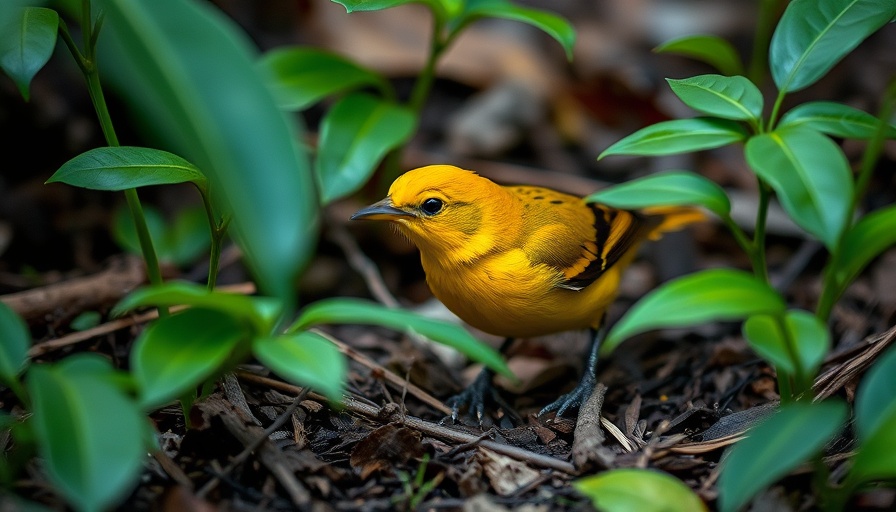
The Importance of Ground-Level Birding
In the world of birdwatching, enthusiasts often find themselves craning their necks skyward, searching for the elusive avian wonders that soar above. However, many fascinating bird species thrive nearer to the ground, enriching our understanding of avifauna while offering unique viewing experiences. From towhees rummaging through leaf litter to the elusive American Pipits that camouflaged against muddy fields, birding at ground level is a treasure trove waiting to be discovered.
Ground Birds: A Hidden Gem in Birdwatching
Birds like the Spotted Towhee take advantage of the forest floor’s bounty. With their powerful feet, they skillfully forage through underbrush, revealing the rich ecosystem present beneath our feet. This underappreciated aspect of birdwatching brings us closer to understanding an entire subset of birds that might otherwise go unnoticed.
The Serendipity of Discovery
Taking the time to literally ‘look down’ while birding not only increases the chance encounters with these ground dwellers but also reveals their behaviors and habitats. For instance, the Kentucky Warbler, with its vibrant yellow throat, often sings out from the safety of low branches and underbrush. Becoming aware of the intricacies of ground birding allows participants to appreciate the diversity and adaptiveness of avian species.
Your Ground-level Birding Adventure Awaits!
Next time you head out for birdwatching, divert your gaze from the clouds to the trails and fields below. Whether you are captivated by a hopping American Pipit or the melodies of a Kentucky Warbler, let the ground guide your eyes. The world of birding is full of wonders, and sometimes the most rewarding experiences come from a simple shift in perspective.
 Add Row
Add Row  Add
Add 




Write A Comment